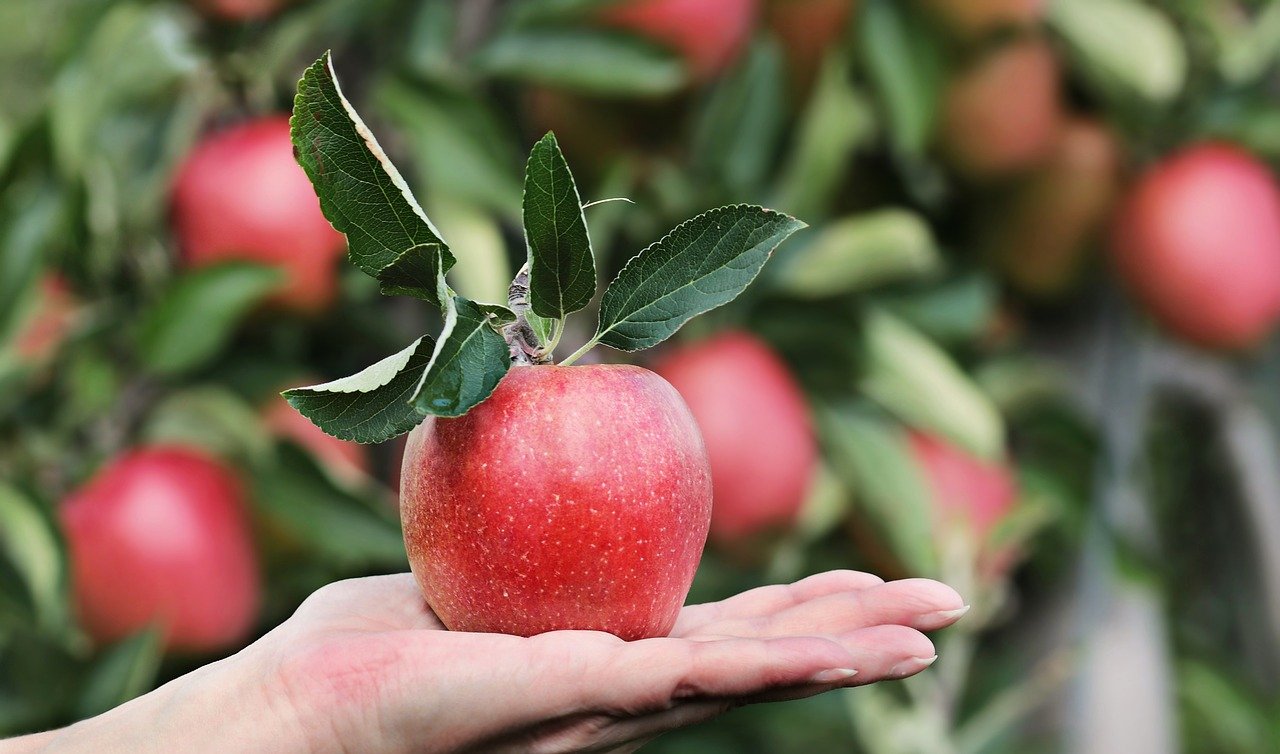blog
Starting a Home Orchard: An Easy, Small-Scale Guide for Southeastern Massachusetts
At Redwood Nursery, your friendly neighborhood nursery, we’re back with more fantastic gardening trends. Today, we’re immersing ourselves in a fruitful topic that will undoubtedly interest you – Starting a home orchard in your backyard!
Who doesn’t love the pleasure of plucking a juicy peach, a crisp apple, or a succulent cherry straight from their tree? When you add the pride of knowing that you nurtured these delightful treats yourself, the experience is truly exceptional. Fear not, novice gardeners; we have a simple, easy-to-follow guide to help you create a thriving, small-scale home orchard in Southeastern Massachusetts.
Choosing the Right Trees
The choice of trees is crucial when setting up your home orchard. For the Southeastern Massachusetts area, we suggest focusing on apple, peach, cherry, pear, nectarine, and plum trees. These species are not only resilient and adaptable, but they also yield a wonderful assortment of delicious fruit.
Apple Trees: Consider varieties like ‘Honeycrisp,’ ‘McIntosh,’ and ‘Empire’ work well for this method and thrive in our New England climate. With an eye towards making your apple harvest even more interesting, consider the art of espaliering. Espaliered apples are not only a stunning addition to your landscape but also a fantastic space-saving solution. Check out our selection next time you are in the nursery.
Pear Trees: Varieties like ‘Bartlett’ and ‘Bosc’ are excellent choices for our region, producing sweet and juicy pears while handling the local weather conditions superbly.
Peach and Nectarine Trees: ‘Redhaven’ and ‘Reliance’ peach trees, along with ‘Flavortop’ nectarines, are ideal for our climate. They are hardy, disease-resistant, and guarantee deliciously juicy fruit.
Cherry Trees: Both sweet and tart cherries can prosper here. Consider ‘Black Tartarian’ or ‘Bing’ for sweet cherries and ‘Montmorency’ for a tart variety.
Plum Trees: ‘Stanley’ and ‘Italian Prune’ plum trees adapt well to our region and reward you with succulent fruit, perfect for fresh eating, baking, or canning.
Step 1: Planting Your Trees
1. Choosing the Right Spot: Trees need full sun exposure (at least 6-8 hours a day) and good air circulation for optimum health. These factors contribute to the photosynthesis process and maintain the overall health of the tree.
2. Preparing the Ground: Once you’ve chosen the spot, it’s time to prepare the ground. Dig a hole that is twice as wide and slightly deeper than the root ball of your tree. Our regional soil tends to be slightly acidic, which is favorable for these fruit trees. If your soil is compact or clayey, we recommend amending it with Coast of Maine Lobster Compost and a peat and compost mix. These amendments will improve soil texture and nutrient content, promoting better root growth and overall tree health.
3. Planting: Place the tree in the hole, making sure that the top of the root ball is level with or slightly above the ground level. Backfill with soil and press firmly. Upon planting, generously water the tree and add Espoma Biotone – an excellent organic starter plus that encourages stronger root development. Finish off with a layer of mulch around the tree to retain moisture and suppress weeds.
Step 2: Care & Maintenance
Nurturing fruit trees involves some TLC. Regular watering, especially for young trees, is critical – they need at least an inch of water every week.
Step 3: Harvest and Enjoy!
The best part of having your home orchard is the harvest. In general, apples and peaches will be ready to pick in late summer or early fall, while cherries typically ripen in mid-summer. However, timing can vary based on the specific variety and the weather that year.
Starting your home orchard can be a rewarding adventure. Not only does it enhance the beauty of your home, but it also provides fresh, organic fruit for you and your family to enjoy. The sweet taste of success is indeed an apple, peach, or cherry grown in your backyard.



